How do you get your products into the hands of excited customers? Through a strong reseller network. A reseller network is your collection of partner retailers who will stock your products—they could be brick-and-mortar stores, eCommerce sites, or a mix of both.
No matter which resellers you have, there’s always a level of risk in choosing the best partners for you. Finding the right retailer to sell your products can take some work, and picking the wrong solution can actually hurt your brand if you’re not careful.
Here are a few tips on how to build strong reseller networks that benefit your brand—and increase sales at the same time.
Sell Smarter, Not Harder
For starters, you need to be strategic about which retailers you partner with. In some cases, picking the biggest name doesn’t guarantee a profit. Check out this Walmart example for an idea of what can go wrong:
Walmart struck a deal with pickle brand Vlasic. The food maker was thrilled to be on the shelves in one of the largest retail chains in the world, but that excitement quickly turned to desperation when Walmart continued to drop the price of the pickles. This price drop eventually led to Walmart paying Vlasic less and less for their gallon-sized jars of pickles until Vlasic was almost making nothing from each sale. Vlasic made the mistake of viewing Walmart as an indispensable channel, even though they were cutting margins and leading them down a path of lost money. This is because Walmart has a price perception to uphold and they will go to great lengths in order to do so.
The lesson here is that certain retailers have wide audiences because of price perception. Price perception is a reflection of how consumers perceive a company’s pricing strategy. Many larger retailers are perceived as low-cost leaders, like two of the biggest retailers in the world: Amazon and Walmart.
These retailers often compete solely on price and are willing to slash prices regularly to boost sales. This is what happened to Vlasic. That doesn’t mean Walmart isn’t a good reseller to have, just that your brand must align with the price perception of the retailer.
Protect Your Brand with MAP Policies
In this day in age, the price of your product is still a huge deciding factor in the consumer’s shopping process. And now that transparency is at an all-time high, retailers engage in price wars regularly to win sales over their competitors. Because of this, you have to make sure you build a reseller network you can trust. Prices have a direct influence on brand value, and when prices are dropped your brand is often the one that gets hurt.
There are ways to prevent price wars from harming your brand, and one of the most popular is an established minimum advertised price (MAP) policy. This is an agreement between you and your reseller that ensures that your products’ prices will not be advertised at a price lower than an established threshold.
Once a MAP policy is in place, you can monitor your reseller network for MAP violations to quickly identify which partners are dropping prices too low. This gives you the data you need to enforce compliance, strategize your partnerships, and protect your brand.
Keep Your Reseller Network Focused to Your Vertical
Approaching a retailer like Walmart can be tempting, especially with its broad audience. However, a massive store like this might not be the best idea for every brand.
For example, say your product is relatively young. Initially selling to big-box retailers can hurt your identity and ultimately cheapen your brand before it has the strength to grow on its own. These retailers are inexpensive, but more importantly, they’re broad. They sell almost everything under the sun.
So how is your product going to stick out in such a wide assortment? Instead, build an initial network to help your brand grow by selling within your vertical. This would include retailers who sell items that are specific to your product’s industry. You can make a name for yourself and establish a price point. You can also grow a core customer base by going specific instead of general when starting out.
Putting your product in the hands of respectful, trustworthy resellers can make a world of a difference for your brand.
Understand Reseller Pricing/Promotion Strategies
Once you’re ready to grow your network to some bigger name retailers, do your research. Check out their website and look at the prices they offer for goods similar to yours. There are tell-tale signs of MAP violations directly on their sites, and frequent price cuts are one of them. Sometimes these discounts can be difficult to catch because they find loopholes in MAP agreements. For example, if a price is hidden, they are probably violating MAP since they’re technically not advertising the low price.
Discounts can also be a sign of MAP violations. There are two common ways retailers discount products online. They can advertise discounts on specific products and they can also discount the entire transaction. When a retailer is offering discounts on specific products or offering a buy one get one free deal, that can be a bad sign for your product’s MAP.
Consider Selling Direct to Consumer
Many manufacturers have started selling directly to the consumer, completely eliminating the middleman. Doing this can set an example for other resellers, and more importantly, it can solidify your MAP policy. Retailers know you won’t undercut their prices because of your MAP, and you can show them how it’s done.
You might think that selling your items yourself can lead to tense relationships between you and your resellers, but that is far from the truth. In a study conducted by Forrester Research, 82 percent of manufacturers that started to sell directly to consumers noted improved relationships with their retailers. About 54 percent began to fulfill reseller orders themselves, which can keep you in the selling process and put pressure on retailers to obey and respect your MAP.
Building relationships with retailers that will acknowledge and respect your MAP agreement is incredibly crucial for your brand value. Constant price wars can ultimately cheapen brands, but MAP policies can prevent them from happening in the first place. Without them, a domino effect can occur. If one retailer drops your product’s price, many can follow to stay competitive.
Luckily, you have the power to choose who you sell to. Putting your product in the hands of respectful, trustworthy resellers can make a world of a difference for your brand. Do your research and take baby steps to make sure your network is just as strong as your brand value.
Editor’s Note: Contributing writer is Matt Ellsworth. This post was originally published in October 2015 and has since been updated and refreshed for readability and accuracy.

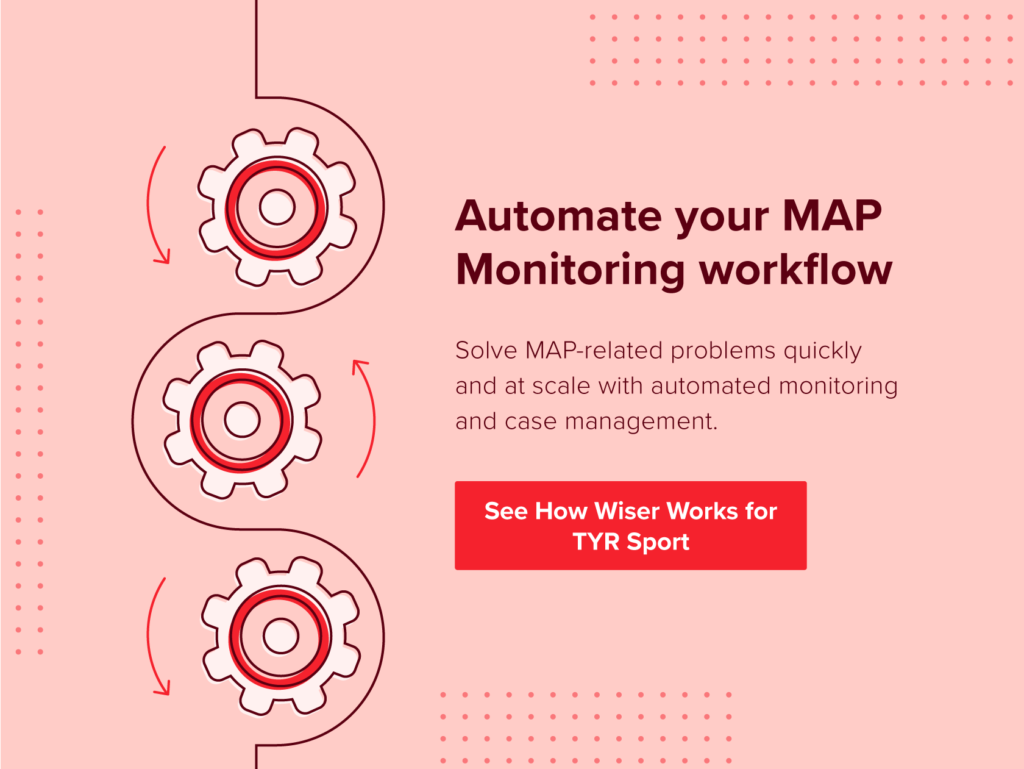



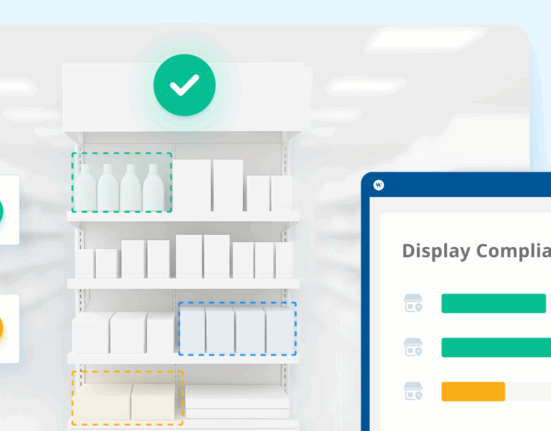

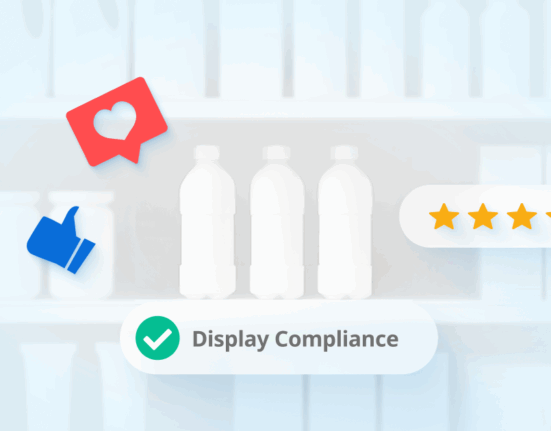

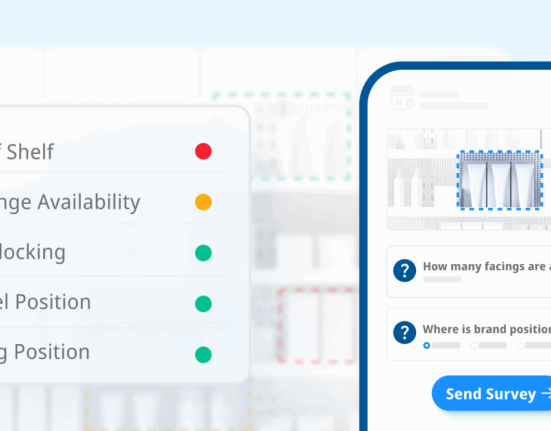
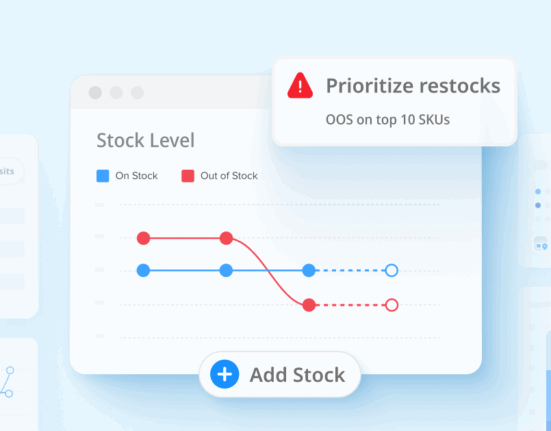
1 Comment
Comments are closed.